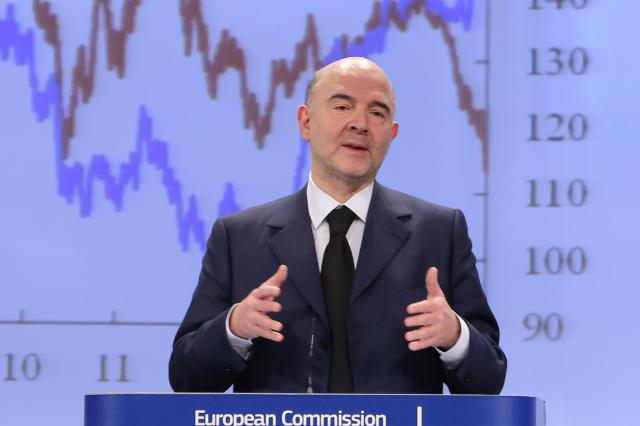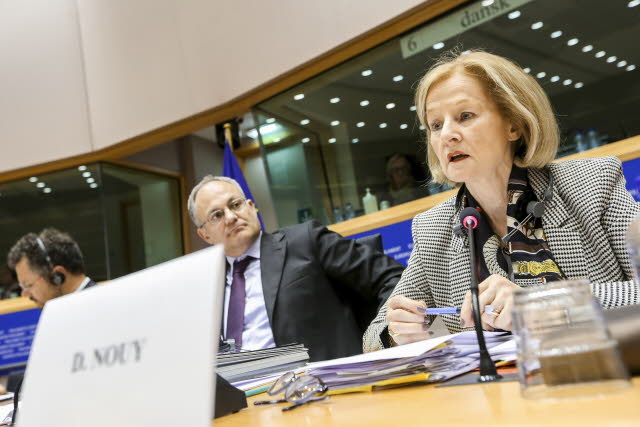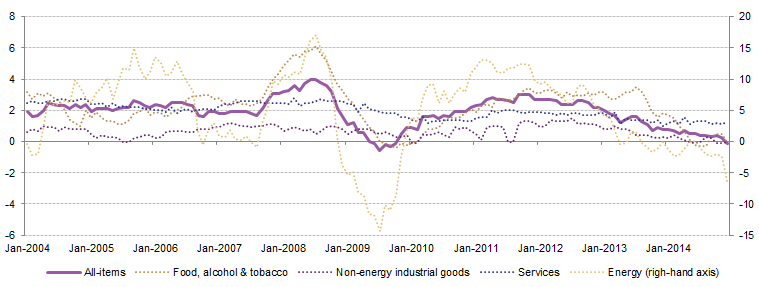Brussels raises the growth forecast for the Eurozone thanks to a boost from the ECB
The European Commission has upped its growth forecasts for the Eurozone and the entire EU after noting the positive effects of the European Central Bank (ECB) debt purchase programme; cheaper oil prices, and the depreciation of the euro. However, this economic improvement will not be uniform across all the member states. Gross Domestic Product (GDP) for the 19 euro members will be up this year by 1.5%, two tenths higher than estimated in February by the EU executive. For the 28 countries in the European Union, the Commission also revised forecasts upwards by one decimal point to 1.8%




